Eurythmy, developed by Rudolf Steiner, is an art of human movement set to music, poetry, or speech. It is sometimes called “speech made visible” and is intended to be a complement to intellectual learning. By studying eurythmy, students learn dexterity of movement, grace, poise, balance, and concentration. They also develop a sense for sound and space and a feeling for social harmony.
Grade 1
In first grade, fairy tales are the theme. Gestures are set to the images arising from the stories and are accompanied by music. The children practice left/right orientation, trace geometrical patterns on the floor, and step and clap opposing rhythms.
Grade 2
In second grade, legends and fables are the inspiration for movement. Gestures for different sounds are added to the movement vocabulary of eurythmy, and the children begin to do simple coordination exercises using copper rods.
Grade 3
In third grade, contraction and expansion exercises focus on breathing. Children learn to listen for major and minor tonalities and begin to do concentration exercises that involve clapping and stepping different numerical patterns.


